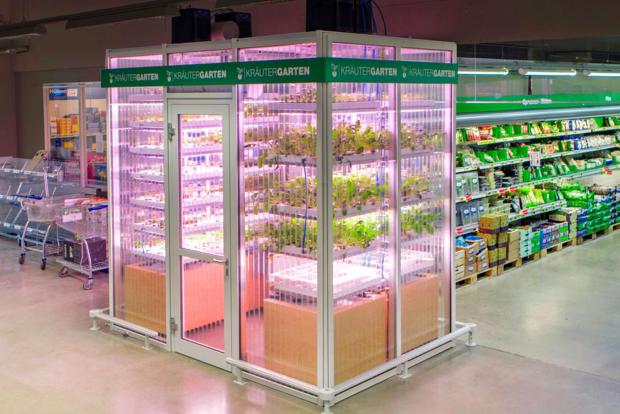
Breaking News
 UPDATE: Israel Launches Gaza Strikes, Peace Plan in Question
UPDATE: Israel Launches Gaza Strikes, Peace Plan in Question
 Gavin Newsom melts down as Pentagon plans to fire artillery shells over California highway during...
Gavin Newsom melts down as Pentagon plans to fire artillery shells over California highway during...
 The watershed moment Trump changed course on Israel after Netanyahu shattered their...
The watershed moment Trump changed course on Israel after Netanyahu shattered their...
 Brazen thieves drop priceless Eugénie crown outside the Louvre in Paris during jaw-dropping...
Brazen thieves drop priceless Eugénie crown outside the Louvre in Paris during jaw-dropping...
Top Tech News
 3D Printed Aluminum Alloy Sets Strength Record on Path to Lighter Aircraft Systems
3D Printed Aluminum Alloy Sets Strength Record on Path to Lighter Aircraft Systems
 Big Brother just got an upgrade.
Big Brother just got an upgrade.
SEMI-NEWS/SEMI-SATIRE: October 12, 2025 Edition
 Stem Cell Breakthrough for People with Parkinson's
Stem Cell Breakthrough for People with Parkinson's
 Linux Will Work For You. Time to Dump Windows 10. And Don't Bother with Windows 11
Linux Will Work For You. Time to Dump Windows 10. And Don't Bother with Windows 11
 XAI Using $18 Billion to Get 300,000 More Nvidia B200 Chips
XAI Using $18 Billion to Get 300,000 More Nvidia B200 Chips
 Immortal Monkeys? Not Quite, But Scientists Just Reversed Aging With 'Super' Stem Cells
Immortal Monkeys? Not Quite, But Scientists Just Reversed Aging With 'Super' Stem Cells
 ICE To Buy Tool That Tracks Locations Of Hundreds Of Millions Of Phones Every Day
ICE To Buy Tool That Tracks Locations Of Hundreds Of Millions Of Phones Every Day
 Yixiang 16kWh Battery For $1,920!? New Design!
Yixiang 16kWh Battery For $1,920!? New Design!
 Find a COMPATIBLE Linux Computer for $200+: Roadmap to Linux. Part 1
Find a COMPATIBLE Linux Computer for $200+: Roadmap to Linux. Part 1
The Next Big Trend: Farming In Your Supermarket

Tiny vertical farms are making a huge impact on the future of sustainable agriculture.
Credit: PopUpCity
Not only do these farms display the produce, but they actually grow crops in-house. This space-efficient method of production could potentially alter the future of small green businesses, allowing for the growth and harvesting of crops onsite. While larger scale versions of this urban model may not be a universally feasible option, INFARM aims to make their technology more accessible by scaling down the overall size.
Based on the concept of "farming as a service", INFARM has implemented a micro-scale crop of herbs at a Berlin METRO supermarket. Dubbed Krauter Garten (or herb garden), the hydroponic system relies on stacked units of planters and large LED lights to mimic natural sunlight conditions. Microsensors monitor the environmental facets and make adjustments to produce the most optimal growing conditions for the plants. Employees can control the various conditions of the greenhouse with an app, thus making monitoring intuitive and user-friendly. The vertical greenhouses also actually take up less space than a standard produce display and allow for shoppers to pick their own freshly harvested herbs and greens right in store.
The greenhouses are not just restricted to herbs and leafy greens, however; each may be configured to grow other crops such as peppers or tomatoes. Further development may even result in a wider range of produce offered in the future. With a vertical construction, the minuscule greenhouses are designed to maximize space and allow for a multitude of crops to grow even in the smallest of locations. The ultimate goal, as INFARM states, is to produce "a future where cities become self-sufficient in their food production, where autonomous farms grow fresh premium produce at affordable prices, eliminating waste and environmental impact."
When considering the high levels of spoilage and waste that is produced by retail supermarkets, as well as the costly expenditure of transporting crops to urban locations, the option of growing at least a fraction of the produce in-house arguably provides a significant enough benefit for both stores and customers that it should be pursued more widely. INFARM may even see an increase if this technology is extended to restaurants or retreat centers that focus on a farm-to-fork mentality.




